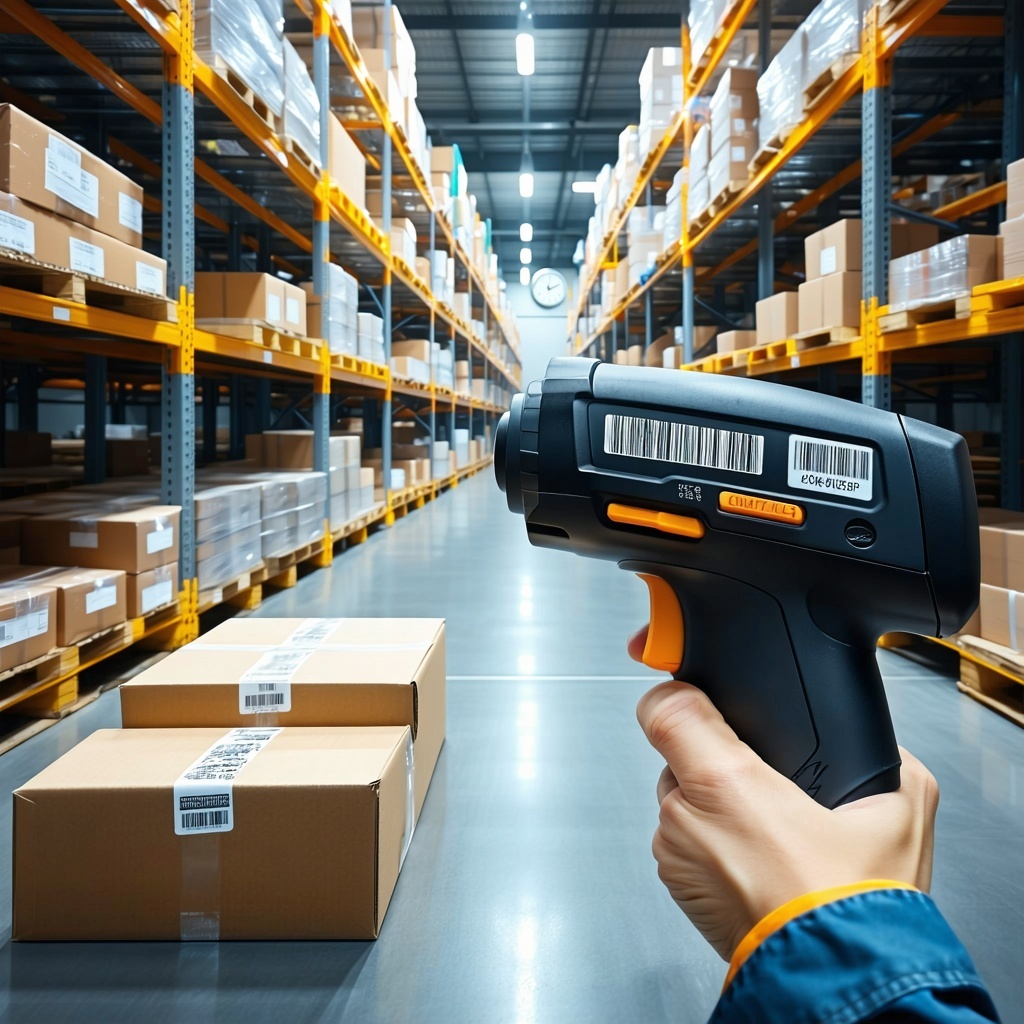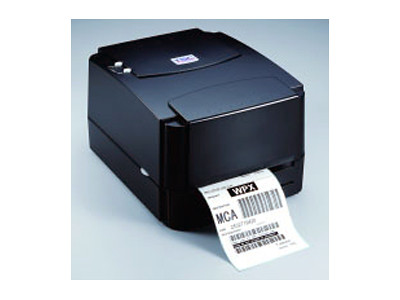Are You Thinking about Implementing a Barcode Inventory Management System?
If you are considering implementing a barcode inventory management system, keep in mind that it can be more tricky than expected. First of all, implementing the barcoding system correctly requires it to be set up correctly. Secondly, you will need to successfully integrate your new barcoding system with your existing software systems such as your accounting, ERP software or warehouse management solution. While your barcoding software provider can certainly implement your barcoding solution for you, many companies would rather attempt it themselves. Scanco has witnessed and performed numerous barcode inventory management system implementations over the years and has developed the following seven tips to help you successfully implement your solution.
7 Tips to Implement a Barcode Inventory Management System Successfully
- Choose the right barcode label printing solution for your company’s needs.
Ensuring barcode quality is key to any barcode label printing solution. Make sure that you select a barcode printer that is fully capable of meeting your company’s requirements for durability, legibility, and speed of barcode generation. If your fast barcode label printer does not produce legible or durable barcodes, it is not the right solution for you. It will ultimately be less cost-effective in the long run than a slow printer that produces better quality barcode labels. Make sure you choose the right barcode label printing solution for your needs and not just the “cheapest” solution.
- Check out the barcode label’s material specifications.
While the physical barcode label materials you use may be the least expensive component of the entire barcoding system, they are the most susceptible to environment changes. Your products, forms, and barcode labels can experience harsh conditions in and outside the warehouse and may sit on stockroom shelves for long periods of time. If your barcode labels degrade over that period of time, your company may be forced to re-label the entire inventory (a process that is not only time-consuming, but also costly).
Make sure that you choose the proper barcode labeling materials prior to barcode implementation. Most label manufacturers can provide you with the material specifications of their labels and the environmental limitations of their labels. Choosing the right ERP solution can make a huge difference in your cost-savings.
- Test your barcode labels before deploying your entire barcoding system.
This may seem like an obvious step, but many companies jump straight into labeling their products before testing their barcode labels. In addition to testing your barcode labels to ensure that they contain the right information, you will need to thoroughly test your printed barcode labels in the actual workplace over a specific period of time. It should be long enough to mirror the lifecycle that a real barcode label will encounter in your warehouse. While this will lengthen the time you spend in the testing phase, it will prove to be beneficial in the long run. By spending time in the testing phase, you have the opportunity to work out all obstacles prior to deploying the entire barcoding system.
- Thoroughly review all of your support options.
Make sure that you examine the support options of all the devices you will be implementing, including software, barcode scanners, barcode labels, and any other equipment. These support plans will most likely not be coming from the same vendor, so make sure you have a thorough understanding of where your company stands in terms of the support of the products you are about to implement.
- Integrate your barcoding system with your existing information systems.
This is the biggest challenge Scanco has seen and experienced in implementing barcode inventory management systems. Because most companies already have an information system in place (such as an ERP or warehouse management system), the new barcoding solution will need to be integrated with the existing system. This requires more than simplifying the physical infrastructure; it requires an understanding of how the data will arrive at the system’s database from the barcode label.
- Get to know your vendor.
It’s important to choose a vendor who you can rely on in the future. Make sure your barcode inventory management system vendor is committed to assisting you not only in your implementation but also throughout your system’s lifecycle. The worst thing that can happen is to find out – months or years later - that your solution provider has disappeared or no longer supports your specific solution. You will need a vendor who has the reputation and expertise to deliver a quality barcoding solution.
- Stay current on your technology.
While barcoding technology has been around for years, manufacturers and distributors are just now beginning to implement it into their warehouses. The technology is advancing at a rapid rate, so it’s important to keep up with new barcoding trends. Don’t fall behind the technology curve – make sure that you are taking advantage of all the new barcoding technology has to offer.
If you are interested in improving your inventory management efforts, a barcode inventory management system could be the answer for you! Contact Scanco’s manufacturing experts today for more information about choosing the right solution. The team at Scanco can help you implement your barcode inventory management solution quickly and easily, so you can start taking advantage of all barcoding has to offer your company.
Did you implement your barcode inventory management system yourself? What sort of challenges did you run into? Share your experiences in the comments section below this post!



